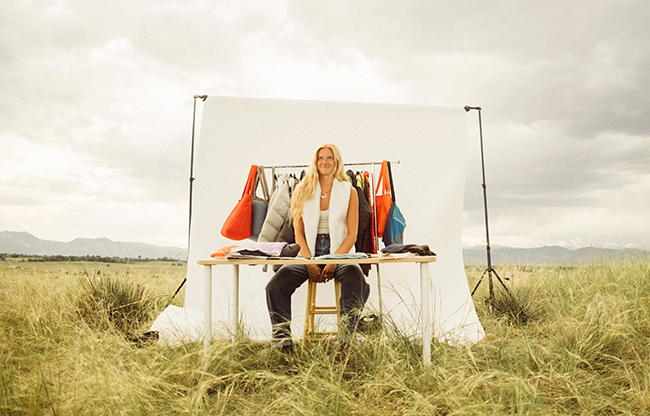The Battle for Indigenous Rights
18 Dec 2014
NARF’s victories correct historic injustices
By Tanya Ishikawa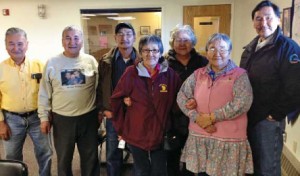
(Photo courtesy NARF)
‘They Don’t Think Federal Laws Apply to Them’
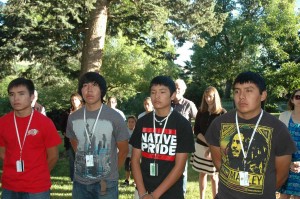
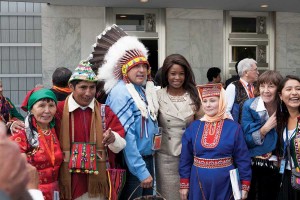
Climate Havoc in Alaska
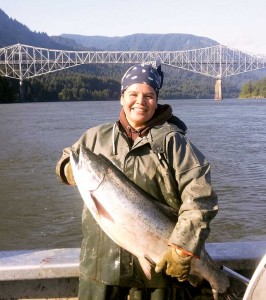
Boarding-School Scars
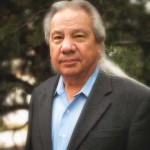
Some of NARF’s Historic Wins
- Federal court ruling to uphold the federal Voting Rights Act in Alaska, requiring election materials in the native languages of seven regions, 2014
- Participation in the United Nations’ first World Conference of Indigenous Peoples, 2014
- Reauthorization of the Violence Against Women Act with new provisions allowing tribal governments to prosecute non-Indian perpetrators of domestic violence and sexual assault, 2013
- Formation of the National Native American Boarding School Healing Coalition, 2012
- Participation in the creation of the U.N.-approved Declaration on the Rights of Indigenous Peoples, 2007
- Passage of the Native American Graves and Repatriation Act, 1990
- Federal and state court victories upholding the Supreme Court’s 1987 ruling that federally recognized tribes could operate casinos
- Passage of Indian Child Welfare laws in several states
- Federal and state court victories protecting Native American rights to wear and use eagle feathers, and for Native American Church members to use peyote
- Federal and state court victories protecting tribal water and land rights for several tribes across the U.S.
- Federal and state court victories protecting hunting and fishing rights for several tribes across the U.S.






